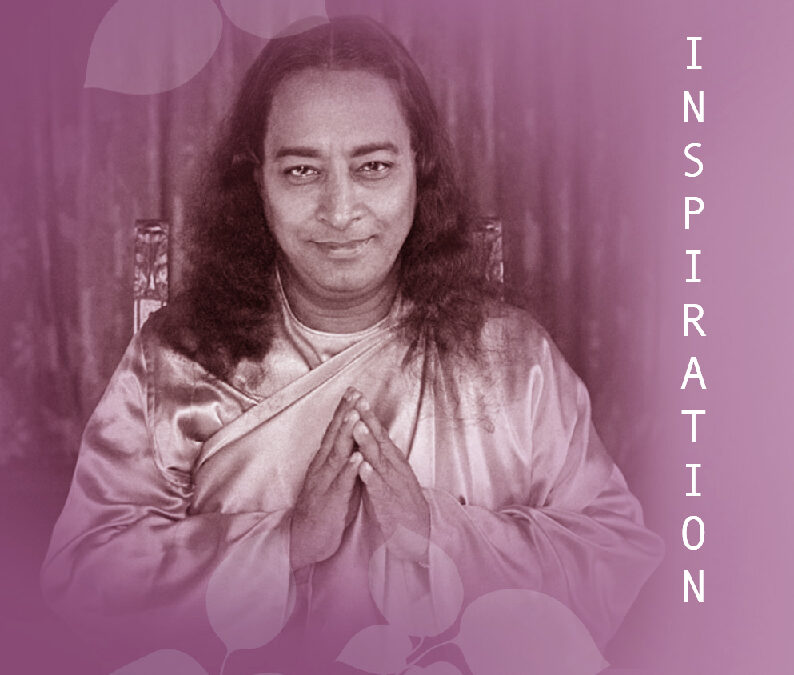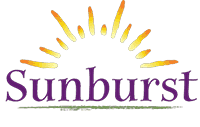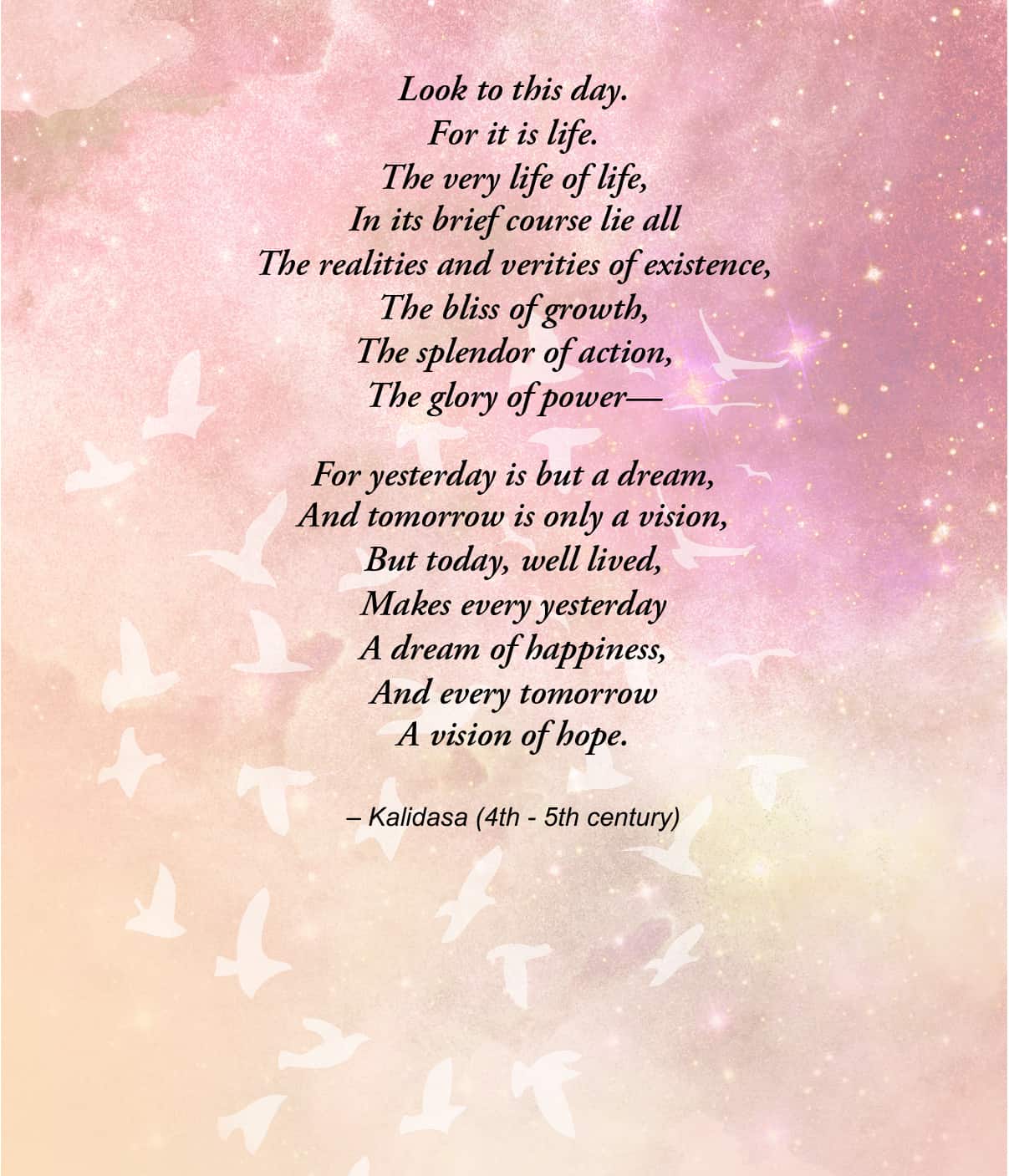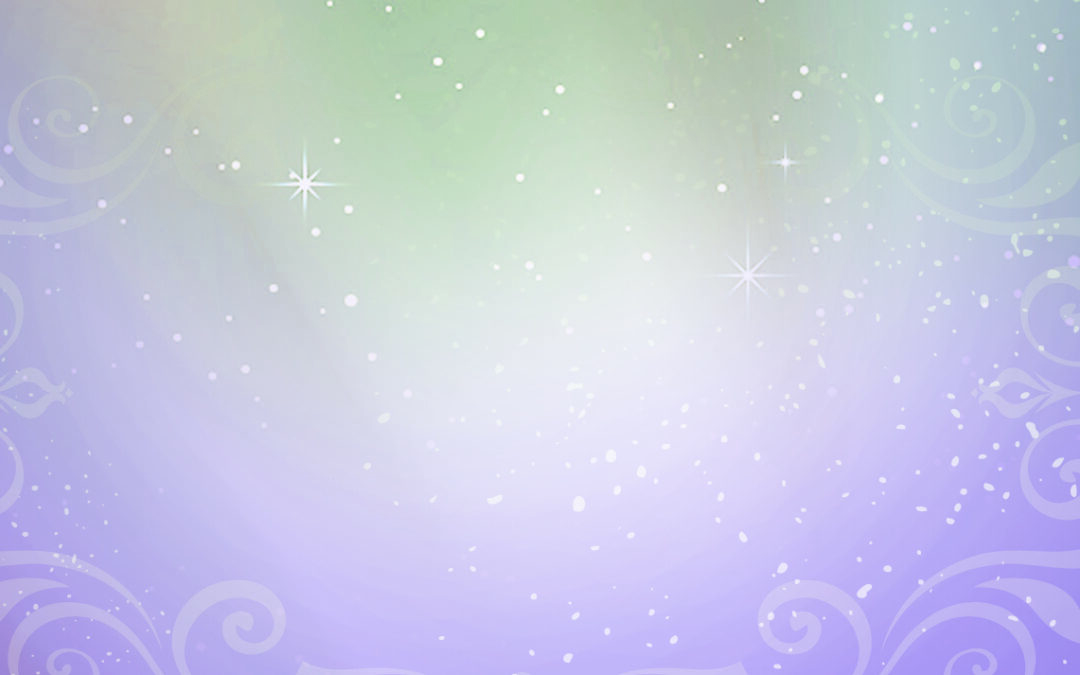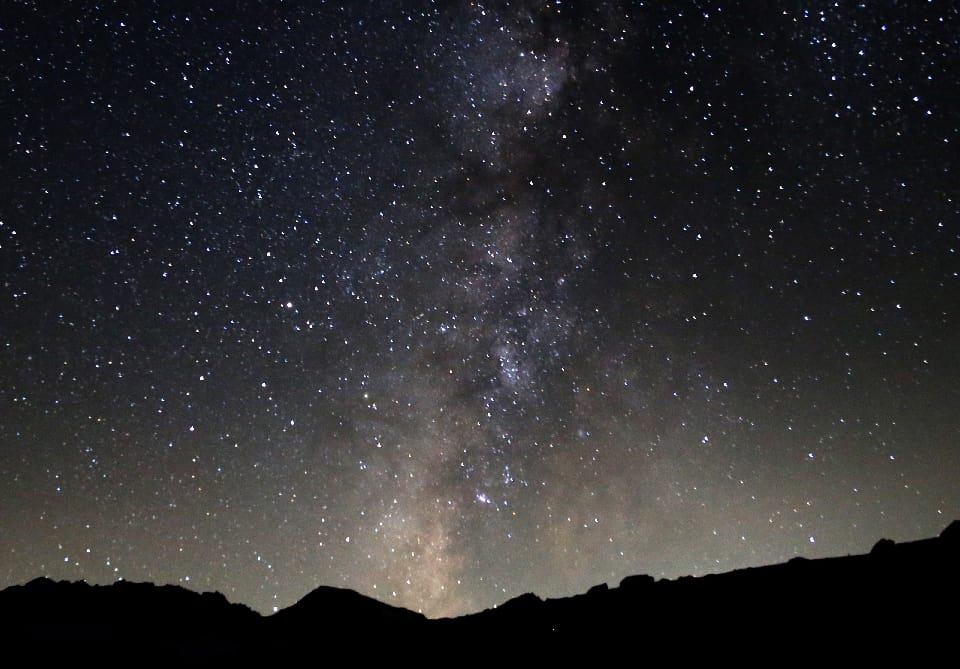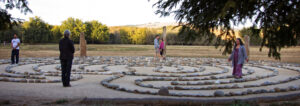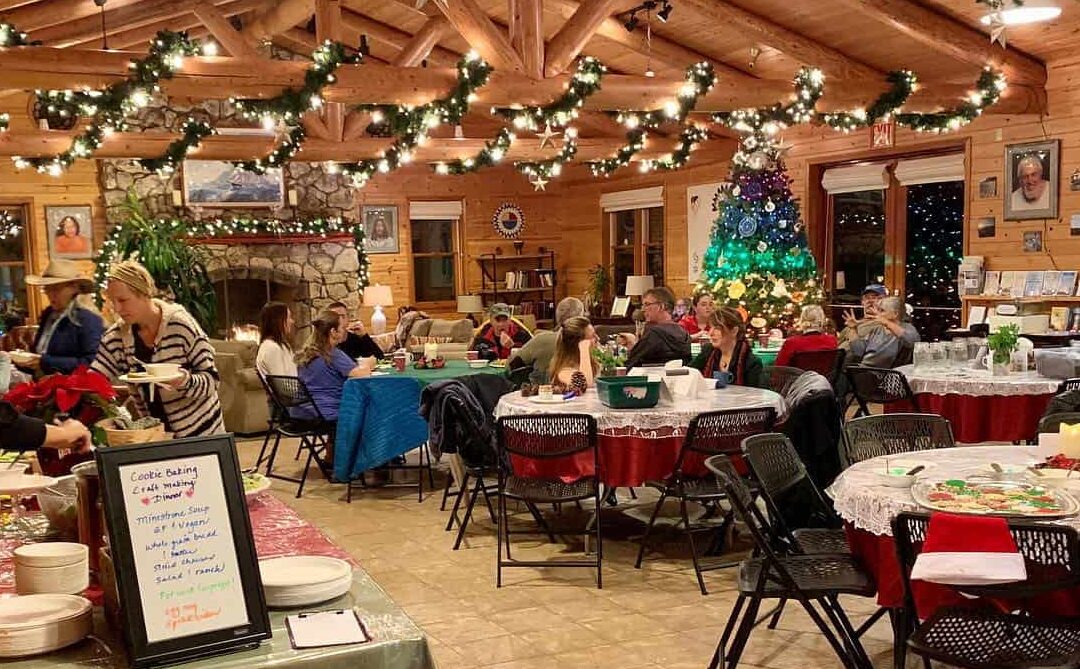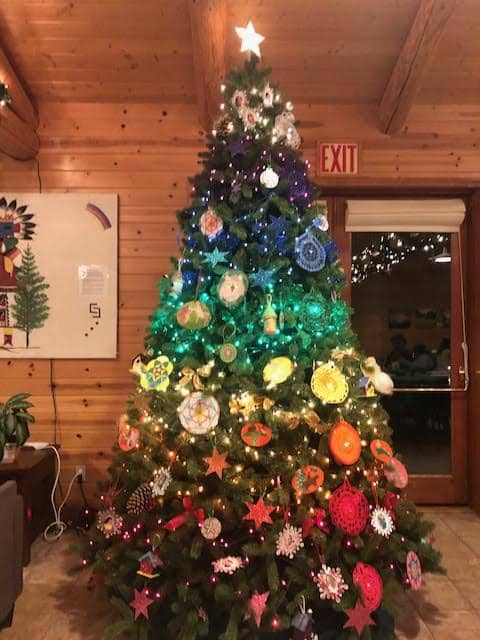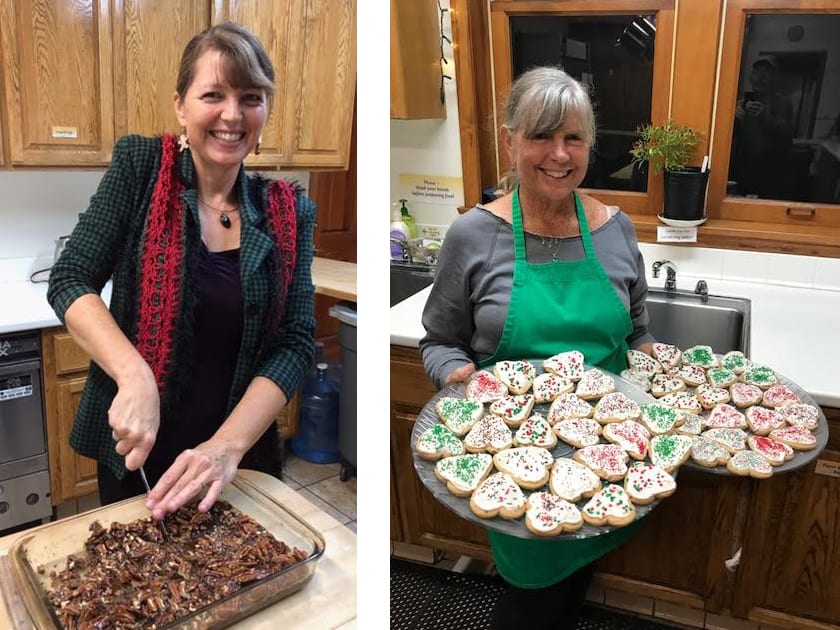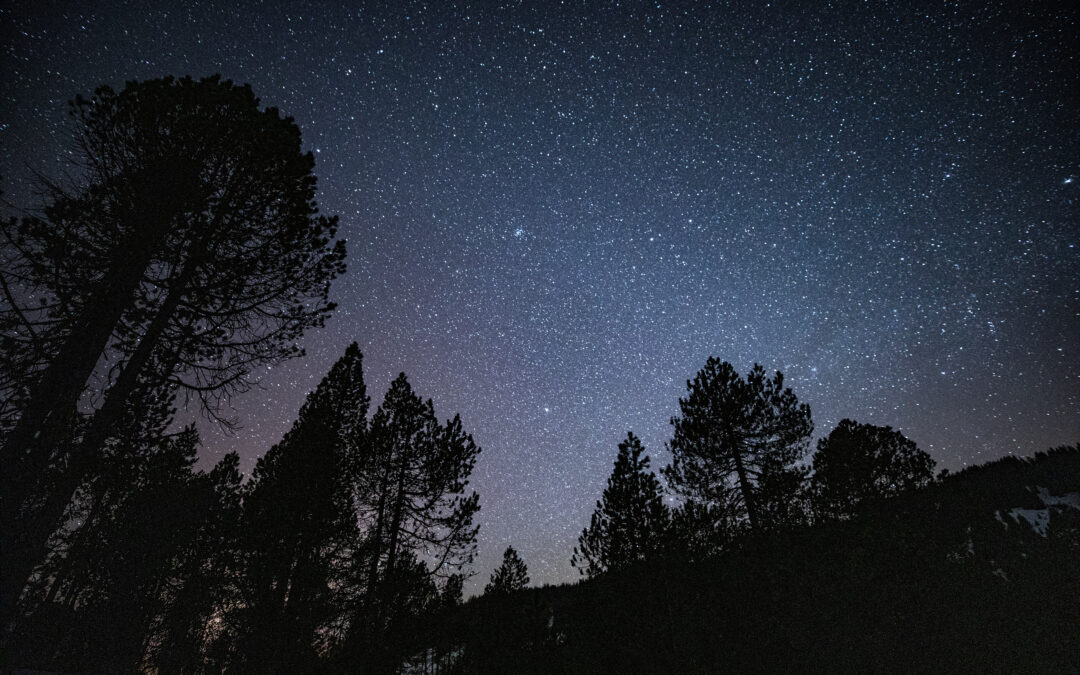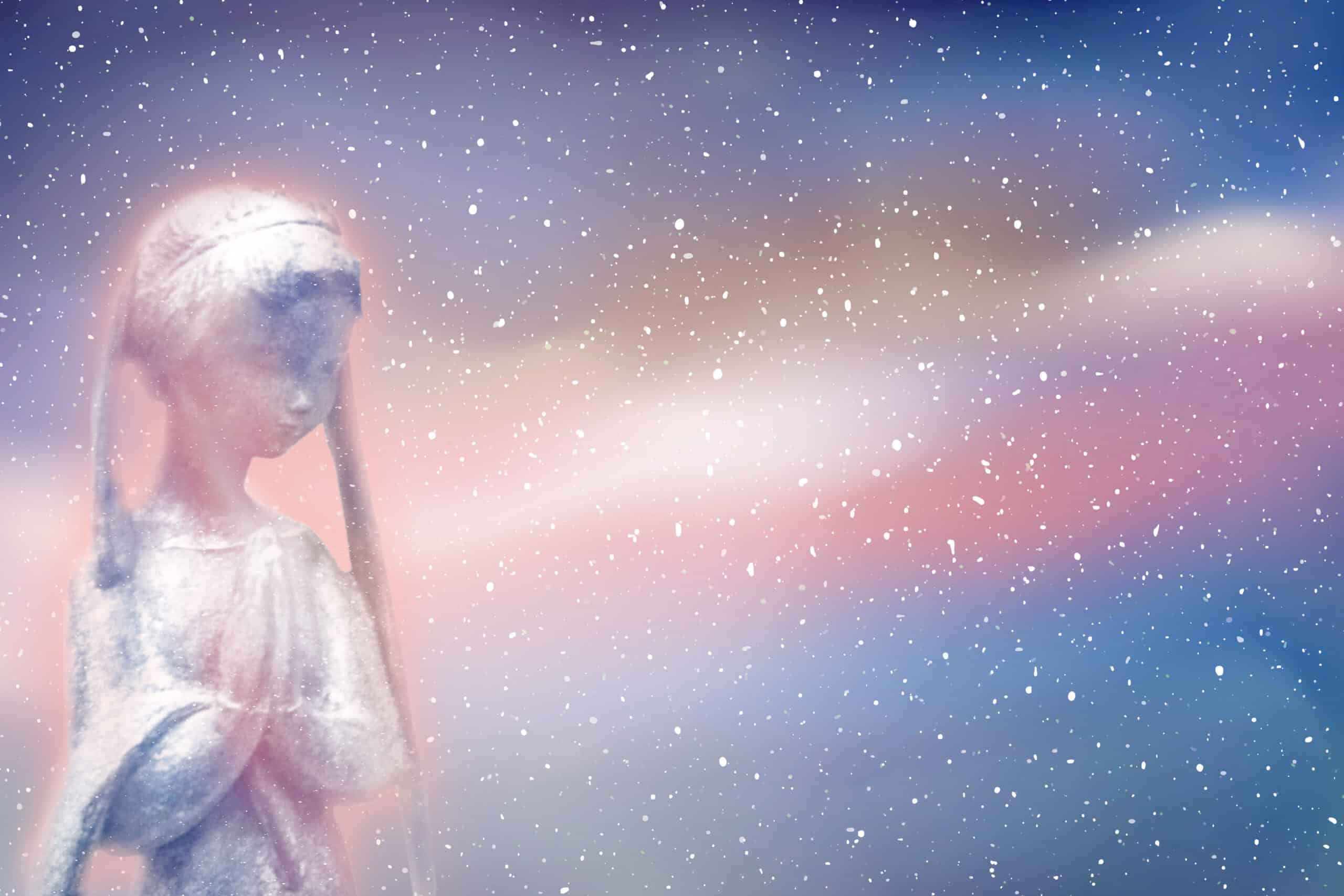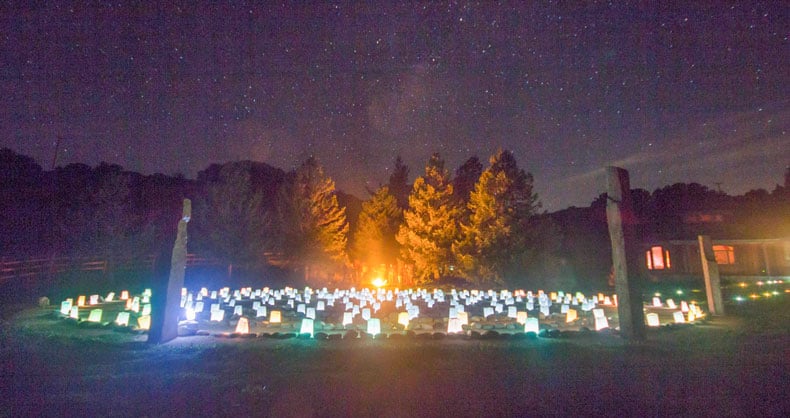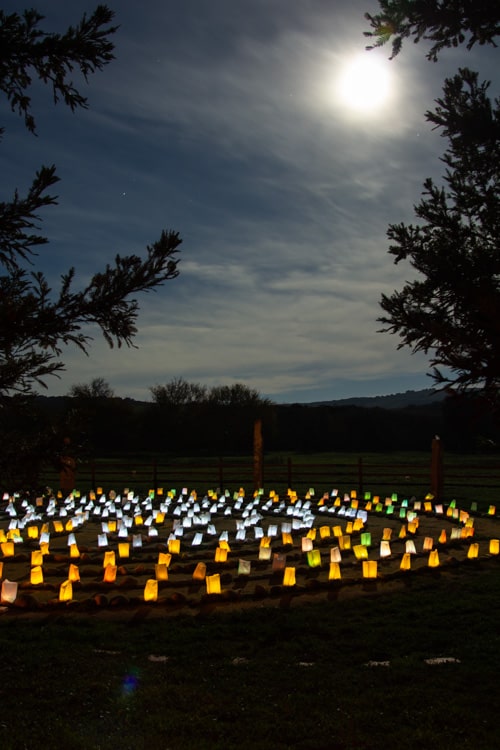by Patty Paulsen, Sunburst Spiritual Director
Dear Friends, As a new year and a new decade dawns, may we greet it with gratitude and the awareness that we have a dynamic power residing within our minds to create ever-new inspiration and joy even in the midst of challenges. Let us be a steady beacon of light for this changing world and carry a message of hope, peace, and love in our hearts.
In Sunburst’s 50th year as an intentional spiritual community, we know all too well how challenging it is to weather the storms of change, loss, and disillusionment—code words for transformation. Just as the proverbial phoenix rises from the ashes, so does human and spiritual growth often arise from hardship. Since the human spirit is one which we all share, we are keenly affected not only by our own suffering, but also by the suffering of others around the globe, including from the effects of rapidly changing weather and earthly conditions.
There is now a growing movement amongst all generations to belong to something bigger than themselves and desire to become better stewards of the Earth, her inhabitants and resources, and we support it wholeheartedly. Since Sunburst’s inception we have always balanced Spirit and Nature by creating gardens to inspire beauty and peacefulness, by encouraging hiking in her wilderness, and by producing fresh organically-grown food. Nature’s gardens bring people together in a way that complements our spiritual quest. It is yin and yang, the inner and the outer demonstration of spirit and form.
Paramahansa Yogananda chanted: “Spirit and Nature, dancing together. Victory to Spirit and victory to Nature!” symbolizing the inseparability of Spirit and its creative power, Nature.
Brother Norman Paulsen wrote: “Nature, the Mother of all life-forms, in her infinite variety, is the supreme teacher. Study her, for she springs forth from the imagination of our Creator.”
One of the newest undertakings at Sunburst Sanctuary has been to rekindle and embrace principles of permaculture. It is our intention to share these principles with others by continuing to offer permaculture design courses, along with our other events and retreats, throughout the new year; these nurture our connection with both Spirit and Nature.
In line with our Kriya tradition, we will continue to offer initiation retreats in techniques of meditation along with offering a yoga teacher-training course, and silent retreats. We hope you will find the inspiration to engage in these nurturing and well-planned retreats, events and gatherings.
With the affirming power of intention let’s envision our working together to continue to create a heaven on earth as we welcome 2020 with willing hearts, open minds, and an eager soul ready to help.
